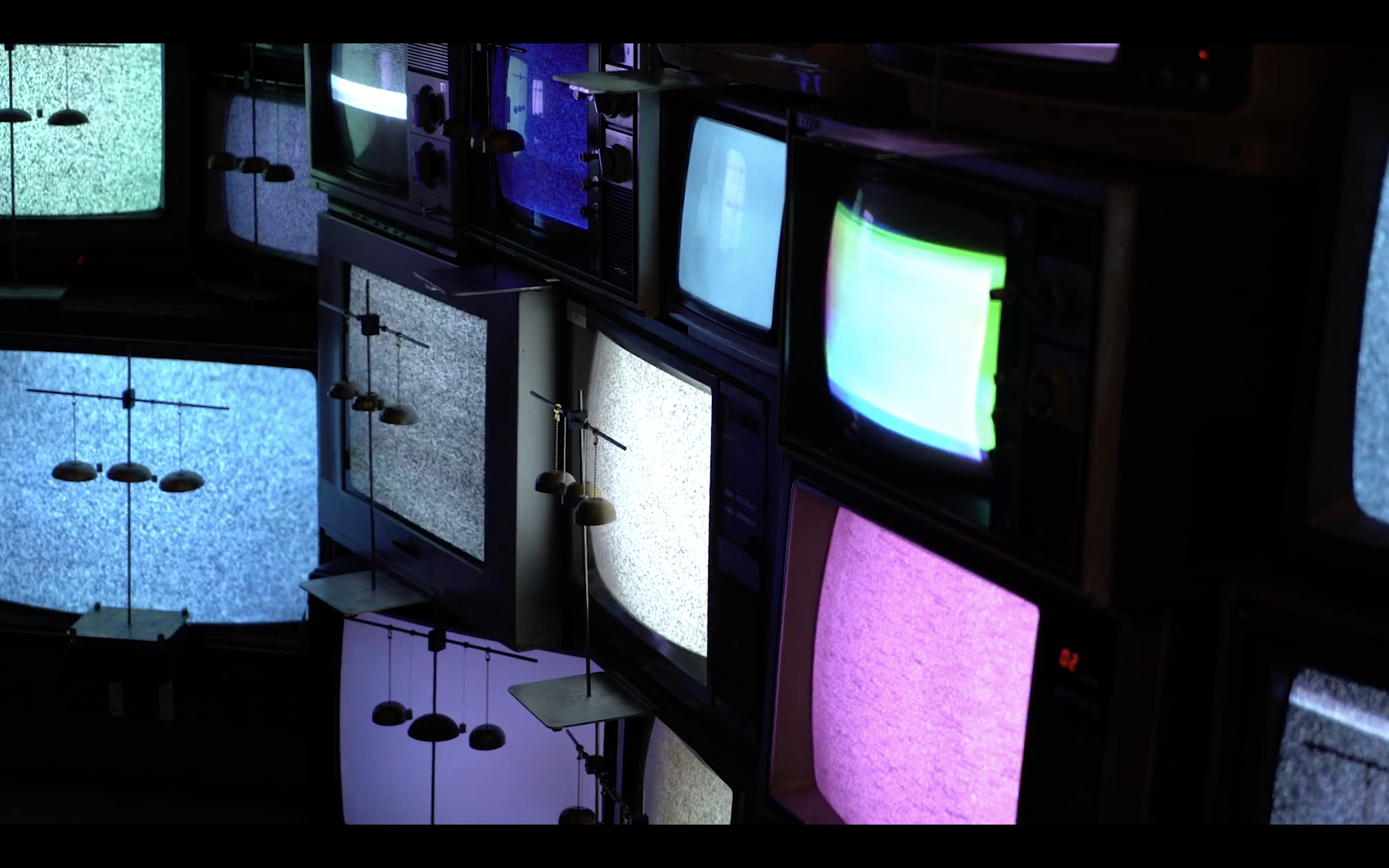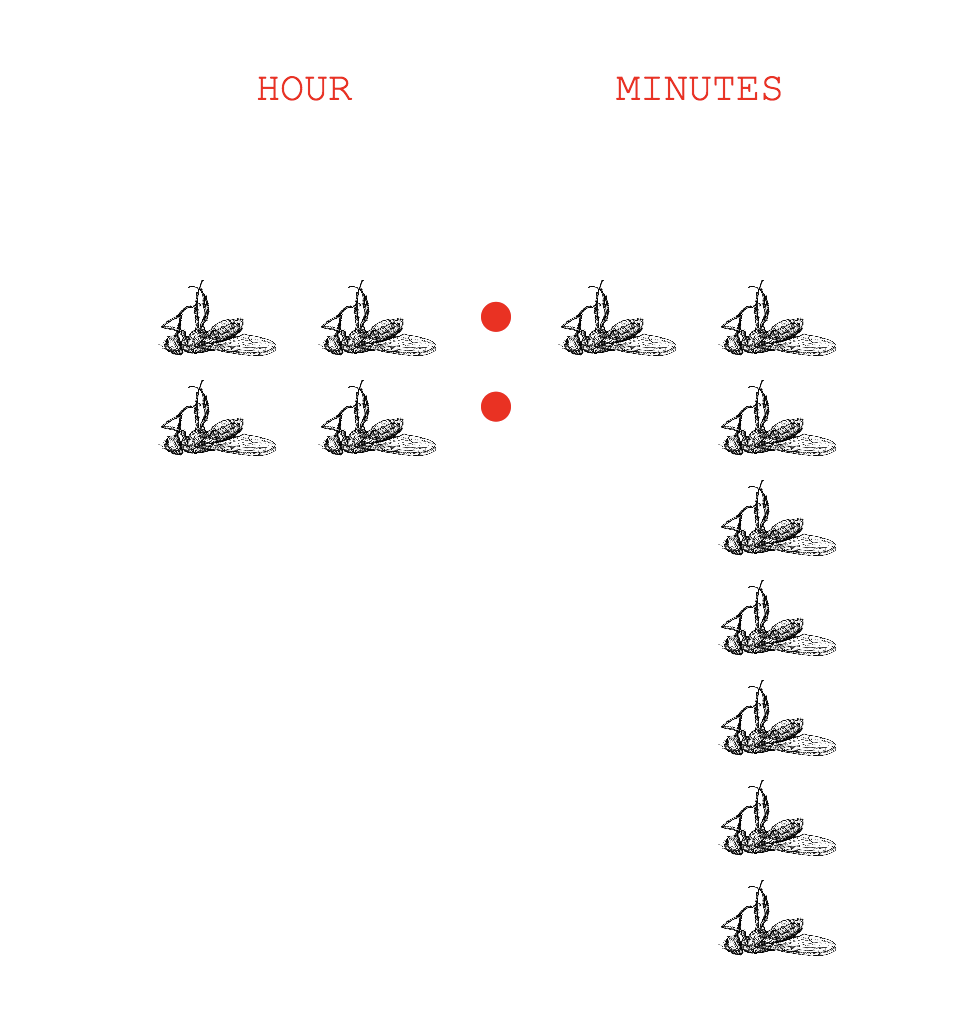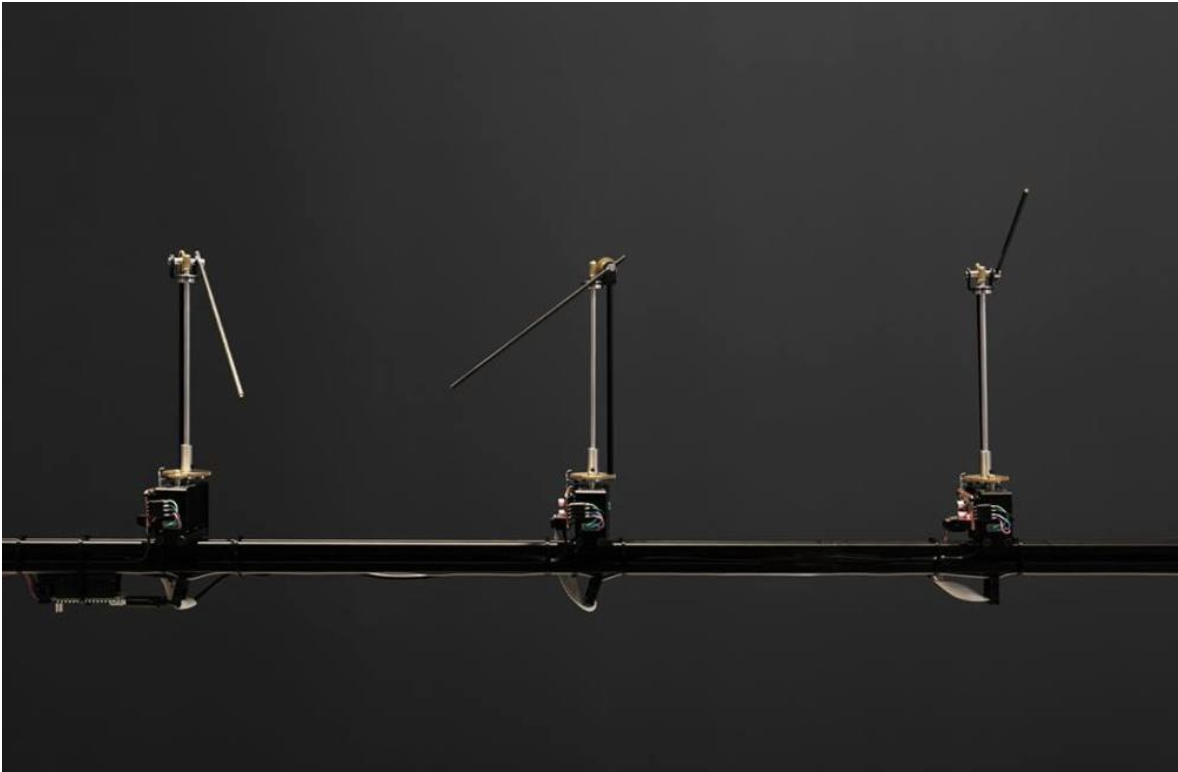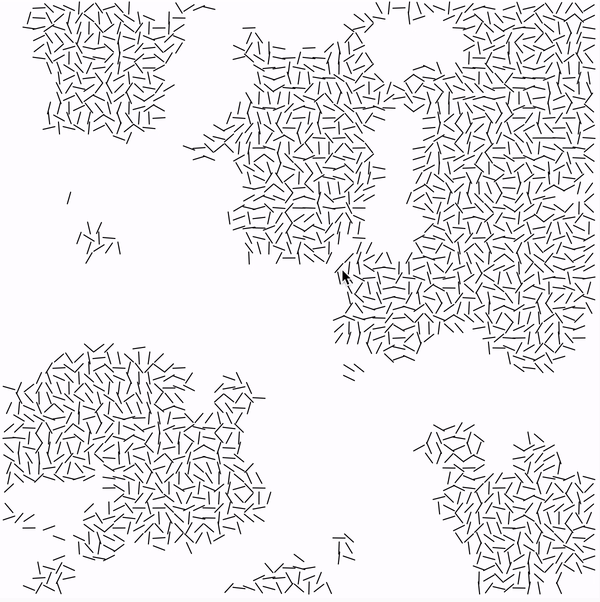03--Reading:
I think my interests vacillate between first word and last word art (plus this status is fundamentally unstable because of the passage of time). New technologies change everything from how we understand our physical bodies, to how we perceive time and space. Here is an example of how technology shapes culture and culture shapes technology:
In 1983 John Updike composed, on his Wang word-processor (an early word processor) a peculiar poem titled, INVALID.KEYSTROKE, which demonstrates his particular encounter with this new writing technology:
INVALID.KEYSTROKE
Wee.word.processor,.is.it.not
De.trop.of.you.to.put.a.dot
Between.the.words.your.nimble.screen
Displays.in.phosphorescent.green?
Your.cursor--tiny.blinking.sun--
Stands.ready.to.erase.or.run
At.my.COMMAND.to.EXECUTE
Or.CANCEL:.which?The.Choice.is.moot,
So.flummoxed.are.my.circuits,.met
This.way.by.your.adroiter.set.
I.cannot.think.Your.wizardry
Has.by.some.ERROR.cancelled.me
At the time, Updike was using an early word-processor, which, like many others at the time, denoted and displayed spaces between words or characters with a floating period. While this formatting convention can be traced back to an older one known as interpunct, which was used for inter-word separation in Latin script, it was unfamiliar enough for Updike to compel him to deploy it both as a formal and symbolic feature of his poem. Regarding the poem's formal qualities, Kirschenbaum observes, "what we see...is Updike substituting an approximation of a special formatting code with an ordinary punctuation mark, a gesture that speaks at once to his sensitivity toward the unique characteristics of the medium he is working in as well as the limits of his personal know-how" (Track Changes, 85).
Quite frankly, I am not sure if I really care about conflating a thing's importance with how well it stands the test of time. New technology, as it was may go obsolete in 30 year's time but the ideas that it embodied most likely will be held within the technology that comes after--experimentation and elaboration are in a feedback loop!








